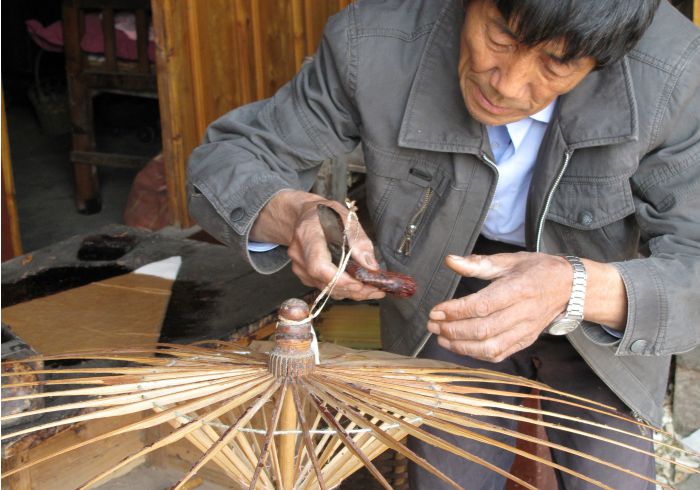local artisans worldwide are breathing new life into traditional crafts by embracing modern marketing strategies, ensuring the survival and growth of their cultural heritage. This fusion of tradition and innovation is not only preserving age-old techniques but also making them relevant in today’s global marketplace.
In Southeast Asia, artisans are blending traditional methods with contemporary designs to appeal to modern consumers. For instance, Indonesian batik artisans have adapted their designs to create modern apparel and home décor items, resonating with younger audiences seeking unique, culturally rich products. Similarly, Thai silk weavers are experimenting with new patterns and colors, making traditional silk more versatile and accessible to diverse fashion markets. These innovations are supported by organizations like UNESCO and the ASEAN Handicraft Promotion and Development Association, which advocate for fair wages, safe working conditions, and eco-friendly practices, helping artisans maintain sustainable livelihoods while preserving their cultural heritage.
Digital platforms have revolutionized how traditional crafts reach global audiences. Artisans are increasingly using online marketplaces, social media, and e-commerce platforms to showcase and sell their products worldwide. Platforms like Etsy, Instagram, and Facebook allow artisans to connect directly with customers, share their stories, and educate consumers on the cultural significance of their work. This online presence not only increases their market reach but also fosters an appreciation for craftsmanship beyond the region.
Collaborations between artisans and contemporary designers have become increasingly popular, offering a fresh perspective on traditional crafts. These partnerships blend local craftsmanship with modern design elements, appealing to a global audience while preserving the artisans’ skills. For instance, in Thailand, luxury brands have partnered with silk weavers to create high-end fashion and home décor products that feature traditional Thai silk in modern designs. Such collaborations not only bring financial benefits to artisans but also elevate traditional crafts as art forms worthy of global attention.
Community markets are also playing a pivotal role in reviving traditional crafts. These markets provide a platform for artisans to showcase their skills and sell their handmade products, fostering a renewed interest in traditional techniques. Participation in local craft fairs has increased by 30% over the past five years, indicating a growing consumer demand for handmade goods. Additionally, workshops and classes offered by these markets educate the public about traditional crafts, further enhancing appreciation and participation in these art forms.
The global handicraft market is poised for exponential growth, projected to reach USD 1,160.83 billion by 2035, with a 10.5% compound annual growth rate. This growth is driven by increased integration of handicrafts into global retail, as big-box stores and online retailers embrace artisanal goods. This shift is due to growing consumer demand for distinct, sustainable alternatives to mass-produced items. Global retailers are now collaborating with local artisans, providing them a platform to showcase their work alongside larger-scale products. As a result, handicrafts are becoming more accessible to a broader audience while maintaining the uniqueness and cultural value that defines them.
local artisans are revitalizing traditional crafts by integrating modern marketing strategies, digital platforms, and innovative collaborations. This approach not only preserves cultural heritage but also ensures its relevance and appeal in the contemporary global market.












Leave a comment